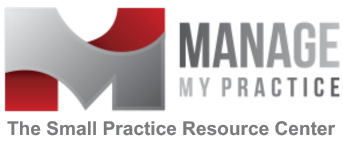Six Reasons Why Your Doctor’s Office Doesn’t Call You Back and a Few Solutions
by Mary Pat Whaley | Feb 6, 2011 | Day-to-Day Operations, Physician Relations
Patients want to know why they can’t get a return call from their doctor’s office – here are six reasons why the calls have increased and physician offices are having trouble meeting the needs of their patients. Medication questions and requests for...